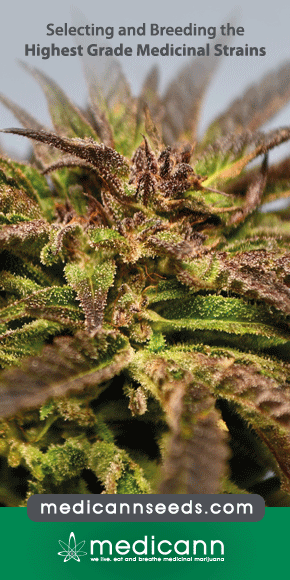Medical use of cannabis: Italian and European legislation
This review illustrates some brief considerations of the medical use of cannabis recently issued in Italy. History and uses of cannabis throughout centuries and different countries are illustrated together with a description of botany and active phytocannabinoids. Then, medical use of cannabis anti-pain treatment for patients resistant to conventional therapies is described in case of chronic neuropathic pain, spasticity, for anticinetosic and antiemetic effect in nausea and vomiting caused by chemotherapy, for appetite stimulating effect in cachexia, anorexia, loss of appetite in cancer patients or patients with AIDS and in anorexia nervosa, hypotensive effect in glaucoma resistant to conventional therapies and for reduction of involuntary body and facial movements in Gilles de la Tourette syndrome.


